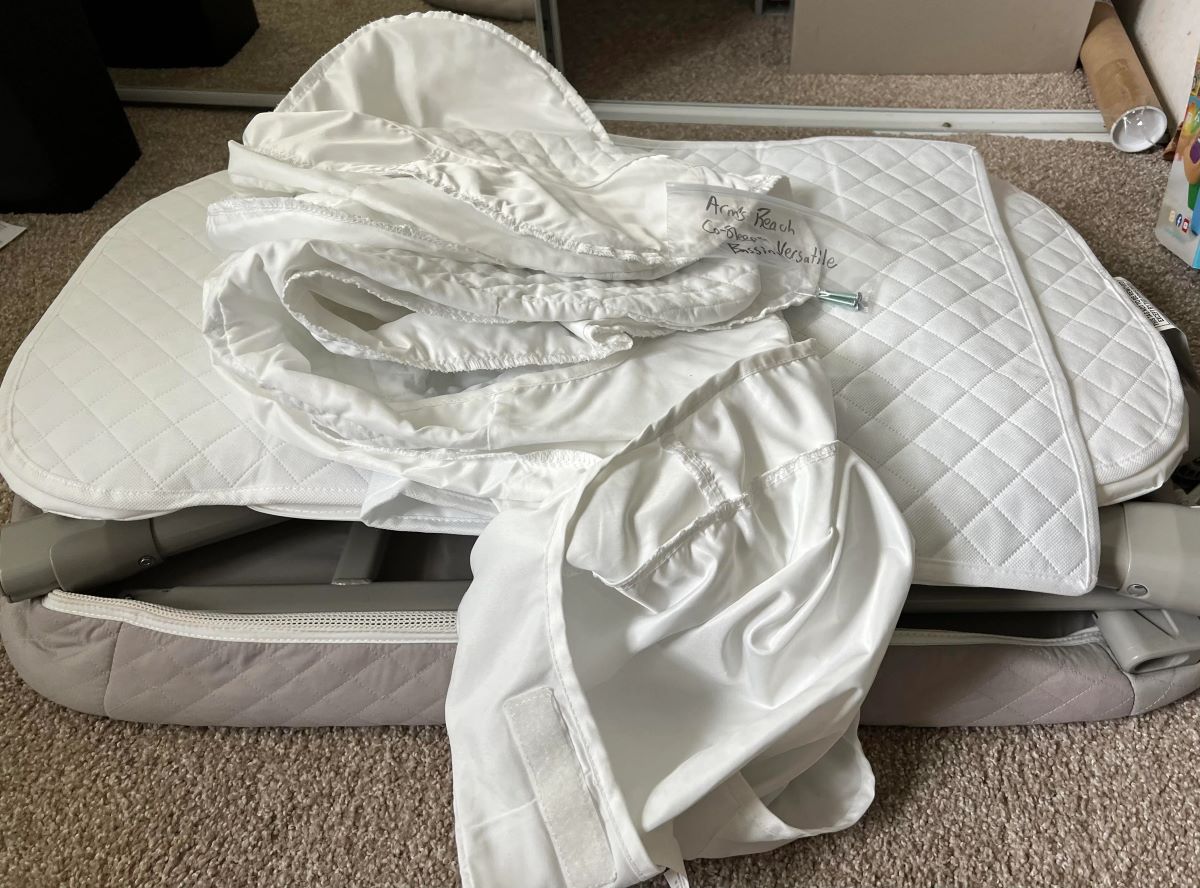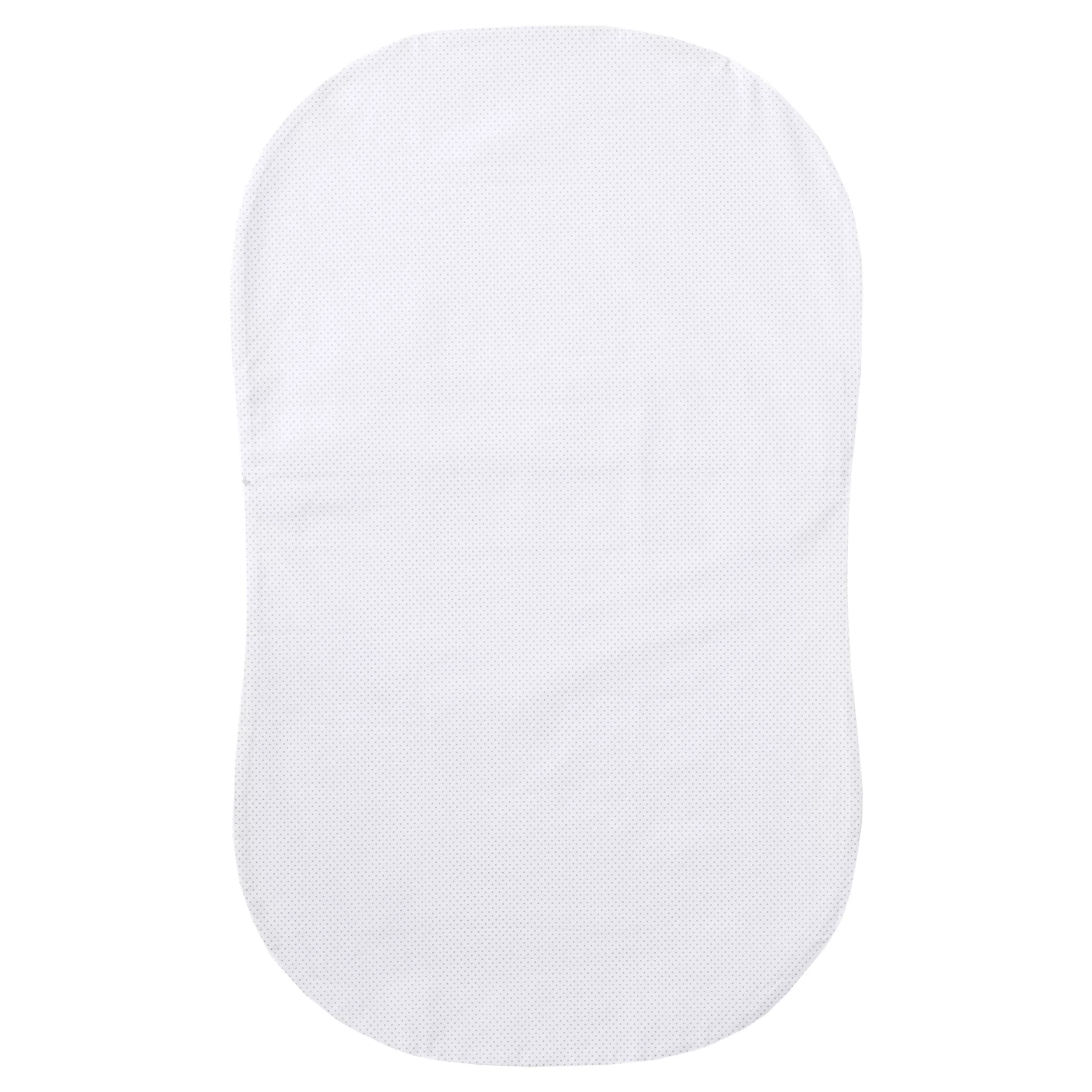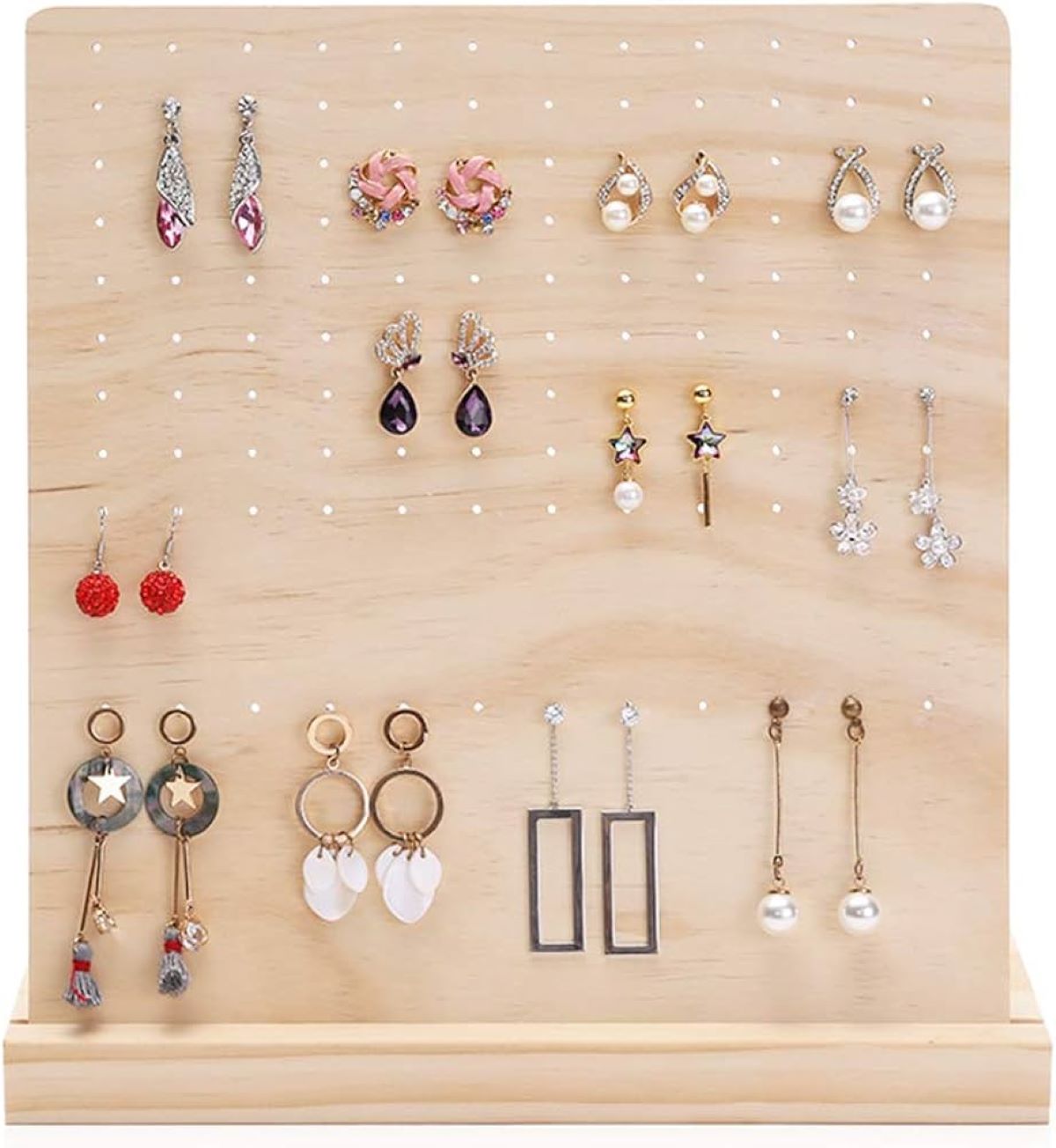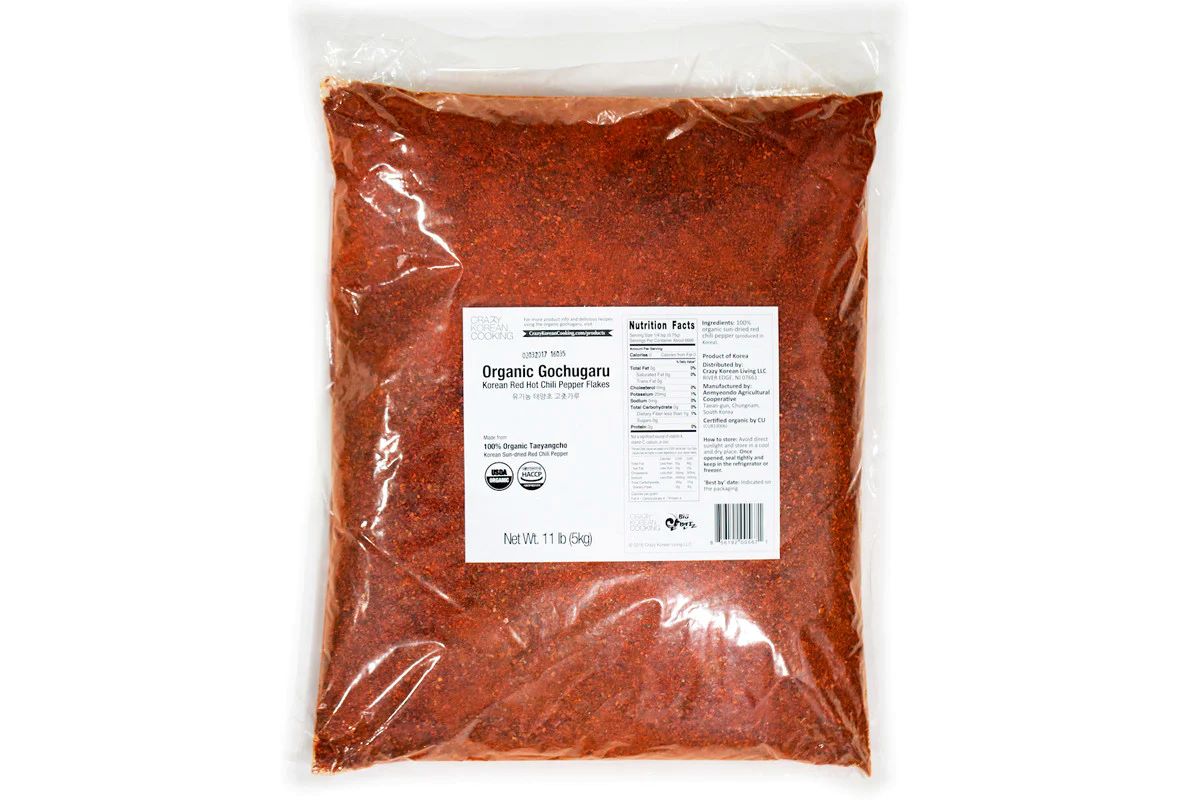

Articles
How To Store A Bassinet
Modified: January 5, 2024
Learn the best methods for storing a bassinet with our informative articles. Keep your bassinet in top condition and ready for your little one's next use.
(Many of the links in this article redirect to a specific reviewed product. Your purchase of these products through affiliate links helps to generate commission for Storables.com, at no extra cost. Learn more)
Introduction
When your little one outgrows their bassinet, it’s time to store it away until it’s needed again. Properly storing a bassinet is crucial to ensure its longevity and keep it in good condition for future use. Whether you’re planning to pass it down to a friend or save it for a future sibling, following some simple steps will help you store your bassinet safely and efficiently.
In this article, we’ll provide you with a comprehensive guide on how to store a bassinet. From preparing the bassinet for storage to choosing the right location and wrapping it to protect it from dust and damage, we’ve got you covered. So, let’s dive in and learn how to keep your bassinet in great shape while it’s in storage.
Key Takeaways:
- Properly preparing, cleaning, disassembling, and wrapping a bassinet before storage is crucial to ensure its longevity and condition for future use. Choosing the right storage location and regularly checking and maintaining the stored bassinet are essential steps to preserve its quality.
- By following the comprehensive guide on storing a bassinet, you can protect it from dust, pests, and potential damage, ensuring it remains clean, safe, and ready for use when needed. Investing time and effort in proper storage will preserve the bassinet’s integrity for future use.
Read more: How To Wash Bassinet Mattress
Step 1: Prepare the bassinet for storage
The first step in storing a bassinet is to ensure that it is properly prepared. Start by removing any bedding, sheets, or mattress covers from the bassinet. These can be washed separately and stored with your other linens. Next, give the bassinet a thorough cleaning. Use a damp cloth and mild soap to wipe down the frame, mattress, and any other surfaces. Pay special attention to any hard-to-reach areas or spots that may have accumulated dirt or dust.
Once the bassinet is clean, allow it to air dry completely. It’s important to make sure that it is completely dry before storing it to prevent mold or mildew growth. If necessary, you can use a fan or open a window to speed up the drying process.
Additionally, if your bassinet has any detachable parts such as a canopy or mobile, remove them carefully. These parts can be stored separately or wrapped and stored together with the rest of the bassinet. Taking these steps to prepare the bassinet will ensure that it is ready for storage and will be in good condition when you need to use it again.
Step 2: Clean the bassinet
Before you store your bassinet, it’s essential to give it a thorough cleaning. Over time, dust, dirt, and other debris can accumulate on the surface, especially if it has been used frequently. Cleaning the bassinet will not only ensure its hygiene, but it will also help prevent any stains or odors from setting in.
To clean the bassinet, start by removing all bedding, sheets, and accessories. Check the manufacturer’s instructions for any specific cleaning guidelines. In most cases, you can use a mild detergent and warm water to clean the frame, mattress, and any other hard surfaces. Avoid using harsh chemicals or abrasive cleaners as they may damage the materials.
Use a soft cloth or sponge to gently scrub the surfaces, paying close attention to hard-to-reach areas. For any stubborn stains, you can create a paste using baking soda and water, apply it to the stained area, and gently scrub. Rinse the bassinet thoroughly to remove any soap residue, and allow it to air dry completely.
While cleaning the bassinet, don’t forget to inspect the straps or harnesses if your bassinet has them. Ensure that they are in good condition and functioning properly. If you notice any damage or wear, consider replacing them before storing the bassinet.
By cleaning the bassinet before storage, you not only ensure that it is fresh for future use but also minimize the chances of any dirt or stains becoming more stubborn over time.
Step 3: Disassemble the bassinet
Disassembling the bassinet is an important step to make the storage process easier and more efficient. By breaking down the bassinet into its individual components, you can create more space and reduce the risk of any parts getting damaged during storage.
Start by referring to the manufacturer’s instructions for disassembling the bassinet. Follow the step-by-step guide to ensure that you don’t miss any crucial steps or encounter any difficulties along the way.
Typically, disassembling a bassinet involves removing the mattress, frame, and any detachable parts such as the canopy or mobile. If there are any screws or fasteners holding the components together, use a screwdriver or appropriate tool to carefully remove them. Make sure to keep all the small parts together in a labeled bag or container. This way, you won’t have to search for them when you need to reassemble the bassinet in the future.
While disassembling the bassinet, take note of any wear and tear or damage to the parts. This will help you address any necessary repairs or replacements before storing the bassinet. If you come across any damaged or broken components, consider contacting the manufacturer for replacement parts or take the bassinet to a professional for repair.
By disassembling the bassinet, you not only save space during storage but also protect the integrity of the individual parts. This step ensures that you can easily access and reassemble the bassinet when the time comes to use it again.
Step 4: Choose a storage location
Choosing the right storage location for your bassinet is essential to ensure its safety and preservation. The ideal storage location should be dry, clean, and free from extreme temperatures or humidity.
Start by considering the available space in your home. If you have a dedicated storage area such as a basement or attic, that can be a suitable option. However, make sure that the space is well-ventilated, as poor ventilation can lead to a buildup of moisture and potential mold growth.
If you don’t have a designated storage area, you can consider using an unused closet, a storage unit, or even under the bed. Regardless of the location you choose, make sure it is easily accessible so that you can retrieve the bassinet when needed.
It’s important to avoid storing the bassinet in an area prone to temperature fluctuations or direct sunlight. Extreme heat or cold can damage the materials of the bassinet and affect its structural integrity. Additionally, exposure to direct sunlight can cause fading or other damage to the fabric or finishes of the bassinet.
If you live in a humid climate, consider using moisture-absorbing products such as silica gel packets or dehumidifiers in the storage area. These will help maintain a dry environment and prevent any moisture-related damage.
Ultimately, the goal is to find a storage location that provides a suitable environment for the bassinet, protecting it from potential damage and ensuring it remains in excellent condition while in storage.
When storing a bassinet, disassemble it if possible to save space. Clean and dry all parts before storing to prevent mold and mildew. Store in a cool, dry place away from direct sunlight. Cover with a breathable fabric to protect from dust.
Read more: How Thick Should A Bassinet Mattress Be
Step 5: Wrap and protect the bassinet
Properly wrapping and protecting your bassinet is crucial to shield it from dust, pests, and any potential damage during storage. By taking the necessary precautions, you can ensure that your bassinet remains in pristine condition until you’re ready to use it again.
Start by selecting a breathable material to wrap the bassinet. A cotton sheet or a large muslin cloth works well for this purpose. Avoid using plastic or non-breathable materials, as they can trap moisture and lead to mold growth.
Before wrapping, it’s a good idea to apply a layer of protection to the bassinet’s surface. Use a furniture polish or wax to add a thin and even coat. This will provide an extra layer of protection against dust and scratches. Allow the polish or wax to dry completely before proceeding.
Next, place the bassinet in the center of the cloth and fold the sides over to cover it completely. Secure the cloth with sturdy tape or tie it with cotton string to ensure it stays in place. Avoid using adhesive tape directly on the bassinet, as it may leave sticky residue or damage the finish.
If your bassinet has any detachable parts or accessories, wrap them separately and label them for easier identification later. You can either place them in a protective bag or wrap them in a separate cloth before storing them together with the main bassinet.
Once the bassinet is wrapped, it’s a good practice to store it in a plastic storage bag or airtight container. This added layer of protection will further safeguard the bassinet from dust, pests, and moisture.
Remember to label the wrapped bassinet and any accompanying parts with the name and date. This will help you easily identify and locate the bassinet when you need it in the future.
By properly wrapping and protecting your bassinet, you can ensure that it remains clean, safe, and ready for use when the time comes.
Step 6: Store the bassinet properly
Now that your bassinet is cleaned, disassembled, and wrapped, it’s time to store it properly. Following the right storage techniques will help maintain the bassinet’s condition and extend its lifespan.
If possible, store the bassinet in an upright position to prevent any warping or distortion of the frame or structure. This is particularly important for bassinets made of wood or other materials that may be susceptible to bending or bending under pressure. If you are using a storage container, make sure it is tall enough to accommodate the height of the bassinet.
When storing the bassinet, avoid placing any heavy or sharp objects on top of it. This can cause unnecessary pressure or damage to the frame or fabric. It’s best to keep the bassinet separate from other items to ensure its safety during storage.
If your storage area is prone to temperature fluctuations, consider using a climate-controlled storage unit. These units provide a stable temperature and humidity level, protecting the bassinet from extreme conditions that could damage its materials.
Ensure that the storage area is well-ventilated to prevent any musty smells or mold growth. Avoid storing the bassinet near any potentially damp or humid areas, such as pipes or windows.
If you live in an area with a high rodent or insect population, take extra precautions to protect the bassinet. Consider using natural pest repellents or placing mothballs or cedar blocks near the storage area to deter any unwanted visitors.
Lastly, keep a record of where you have stored the bassinet. Label the storage container or make a note in your organization system so that you can easily locate it when needed. This will save you time and effort when you’re ready to bring out the bassinet again.
By storing the bassinet properly, you ensure that it remains in optimal condition and ready for use whenever you need it.
Step 7: Regularly check and maintain the stored bassinet
Even though your bassinet is safely stored away, it’s important to periodically check on its condition and maintain it to ensure its longevity. By taking a few simple steps, you can catch any issues early on and address them before they become major problems.
Make it a habit to inspect the storage area for any signs of moisture, pests, or damage. Check for any leaking pipes, cracks in the walls, or holes that may allow pests to enter. If you notice any issues, address them immediately to prevent any damage to the bassinet.
Periodically open up the storage bag or container and check the bassinet for any signs of mold, mildew, or unusual odors. If you detect any unpleasant smells or spots, remove the bassinet from the storage area and take appropriate steps to clean and dry it thoroughly. Also, inspect the wrapping material for any signs of pest infestation, such as droppings or gnaw marks. If pests are present, take precautions to eliminate them, such as using non-toxic pest control methods or seeking professional assistance.
While checking on the bassinet, take the opportunity to inspect the fabric, frame, and any other components for any signs of wear, damage, or deterioration. Look for loose screws, worn-out straps, or any tears or frayed edges. If you notice any issues, consider repairing or replacing the affected parts to maintain the bassinet’s safety and functionality.
Additionally, it’s a good practice to rotate the bassinet periodically to prevent any areas from getting flattened or distorted due to prolonged storage in one position. This will help maintain the bassinet’s shape and ensure optimal comfort and support when it’s time to use it again.
Don’t forget to keep a record of the maintenance checks you perform on the bassinet. Note down the date of each check and any actions taken or repairs made. This will help you keep track of the bassinet’s condition over time and ensure that it receives the necessary care.
By regularly checking and maintaining the stored bassinet, you can catch any issues early on and ensure that it remains in excellent condition until you need to use it again.
Conclusion
Storing a bassinet properly is essential in preserving its condition and ensuring its longevity. By following the steps outlined in this guide, you can ensure that your bassinet remains clean, protected, and ready for use when you need it.
Starting with preparing the bassinet for storage by cleaning it thoroughly and disassembling any detachable parts, you set the foundation for proper storage. Choosing the right storage location, one that is dry, clean, and free from extreme temperatures or humidity, further protects the bassinet.
Wrapping the bassinet in a breathable material and storing it in a plastic storage bag or airtight container shields it from dust, pests, and potential damage. Taking the time to periodically check and maintain the stored bassinet allows you to catch any issues early on, ensuring that it remains in optimal condition.
Remember to follow the manufacturer’s instructions for disassembly and cleaning, and keep all necessary parts together to facilitate easy reassembly in the future.
By taking these steps, you can be confident that your bassinet will be in excellent condition, ready to provide comfort and safety when the time comes to use it again. So, invest some time and effort in storing your bassinet properly, and you’ll reap the rewards of an intact and well-preserved baby gear item.
Frequently Asked Questions about How To Store A Bassinet
Was this page helpful?
At Storables.com, we guarantee accurate and reliable information. Our content, validated by Expert Board Contributors, is crafted following stringent Editorial Policies. We're committed to providing you with well-researched, expert-backed insights for all your informational needs.















0 thoughts on “How To Store A Bassinet”